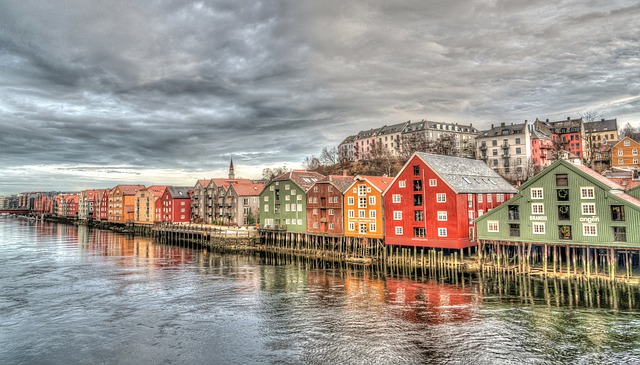Low-rise building
A low-rise building is simply defined as one which is not tall enough to be classified as high-rise. However, there is no precise consensus as to what constitutes high rise.
A high-rise building is defined variously as a building in which:
- The number of storeys means occupants need to use a lift to reach their destination.
- The height is beyond the reach of available fire-fighting equipment.
- The height can have a serious impact on evacuation.
Typically this is considered to include buildings of more than 7-10 storeys or 23-30 m.
Other definitions of buildings in relation to their height include:
- Mid-rise buildings of five to ten storeys, equipped with lifts.
- Skyscraper of 40 storeys or more.
- Supertall buildings exceeding 300 m.
- Megatall buildings exceeding 600 m.
- Groundscrapers that extend horizontally over a large distance while only being of a low to medium height.
- Super-slender buildings which are pencil-thin and of 50-90+ storeys.
[edit] Related articles on Designing Buildings Wiki
Featured articles and news
The UK's Modern Industrial Strategy: A 10 year plan
Previous consultation criticism, current key elements and general support with some persisting reservations.
Building Safety Regulator reforms
New roles, new staff and a new fast track service pave the way for a single construction regulator.
Architectural Technologist CPDs and Communications
CIAT CPD… and how you can do it!
Cooling centres and cool spaces
Managing extreme heat in cities by directing the public to places for heat stress relief and water sources.
Winter gardens: A brief history and warm variations
Extending the season with glass in different forms and terms.
Restoring Great Yarmouth's Winter Gardens
Transforming one of the least sustainable constructions imaginable.
Construction Skills Mission Board launch sector drive
Newly formed government and industry collaboration set strategy for recruiting an additional 100,000 construction workers a year.
New Architects Code comes into effect in September 2025
ARB Architects Code of Conduct and Practice available with ongoing consultation regarding guidance.
Welsh Skills Body (Medr) launches ambitious plan
The new skills body brings together funding and regulation of tertiary education and research for the devolved nation.
Paul Gandy FCIOB announced as next CIOB President
Former Tilbury Douglas CEO takes helm.
UK Infrastructure: A 10 Year Strategy. In brief with reactions
With the National Infrastructure and Service Transformation Authority (NISTA).
Ebenezer Howard: inventor of the garden city. Book review.
The Grenfell Tower fire, eight years on
A time to pause and reflect as Dubai tower block fire reported just before anniversary.
Airtightness Topic Guide BSRIA TG 27/2025
Explaining the basics of airtightness, what it is, why it's important, when it's required and how it's carried out.
Construction contract awards hit lowest point of 2025
Plummeting for second consecutive month, intensifying concerns for housing and infrastructure goals.
Understanding Mental Health in the Built Environment 2025
Examining the state of mental health in construction, shedding light on levels of stress, anxiety and depression.






















